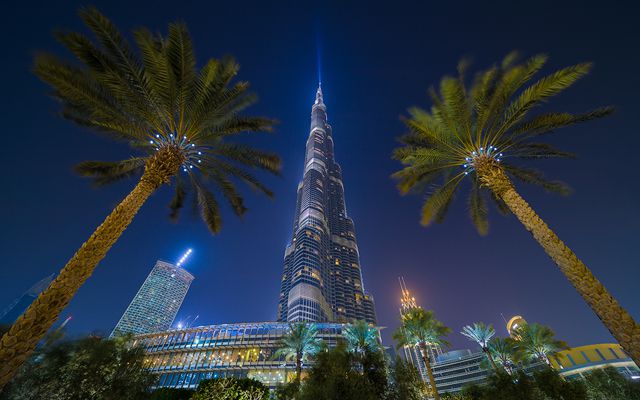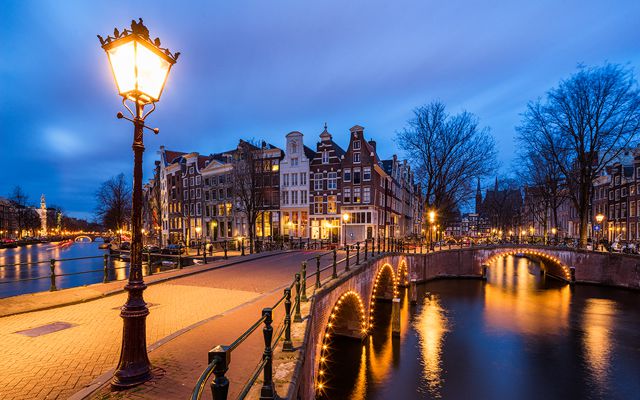Broken monitor
About a month or two ago, my big 34-inch monitor broke and I went from 34-inch + 24-inch monitor setup to a single 24-inch monitor. At first, it was such a big change to my PC setup, that I thought I will buy a new monitor very quickly. but now, that I have been working on the smaller one for a while, I don’t feel the need to get a new one. And I thought about, why is that?
Working on a smaller monitor
One get’s used to many things really quickly, but here are a few points, why a smaller monitor is good enough.
- I have nothing to compare – when I had a 34 inch and a 24-inch monitor on my desk, the 24 felt really small. The reason is, our brain does not work in absolutes, it compares stuff. So now, when there is only one, there is nothing to compare it to, so it’s suddenly big enough.
- It’s easier to focus on one task – I used to have different programs open on each monitor. Now with only one, when I open Photoshop, it’s full screen. I see nothing else and I focus solely on the one task. I find, that now I finish my editing quicker, free from distractions.
- It’s big enough for Photoshop – recently I have been using almost exclusively only Photoshop to edit my photos. The monitor I use now is perfectly big enough for the tools I have open and to get an overview of the photo. If I did 3D modeling or video editing, this would probably be not the case, but with photos, it is so.
I don’t know if I will get another big monitor again. When I got the other one, it was when I still used to play games on the PC. But I don’t anymore, so that’s one less reason to get it. And for work, I’m actually thinking of going the other way and replacing my PC with a notebook. For what I use it for, the difference would be minimal.
What size monitor do you use? And is it big enough? :)














